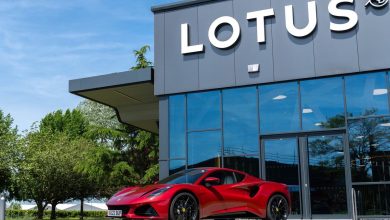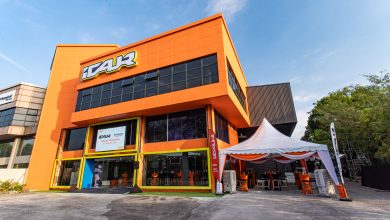Cooper S Celebrates Its 60th Birthday

The Mini Cooper S rolled out of the factory on the 16th of January 1963.
There was little fanfare for the humble Cooper S last week when it turned 60 years young and this was a shame as this little car has grown to be loved across the globe and remains a favorite with collectors for its ‘in your pants handling’.
The first Mini Cooper ‘S’ was built at Longbridge and it instantly became a highly desirable car. At the time, the original stock Mini Cooper was already 4 years old and selling beyond expectations.
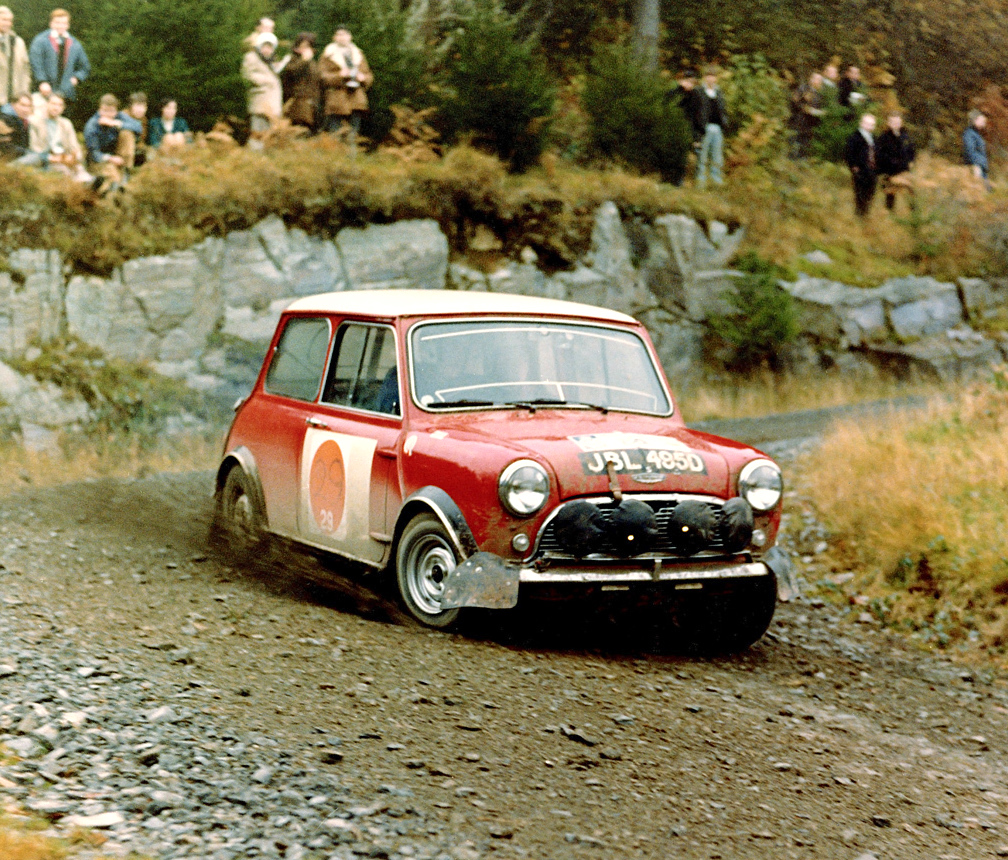

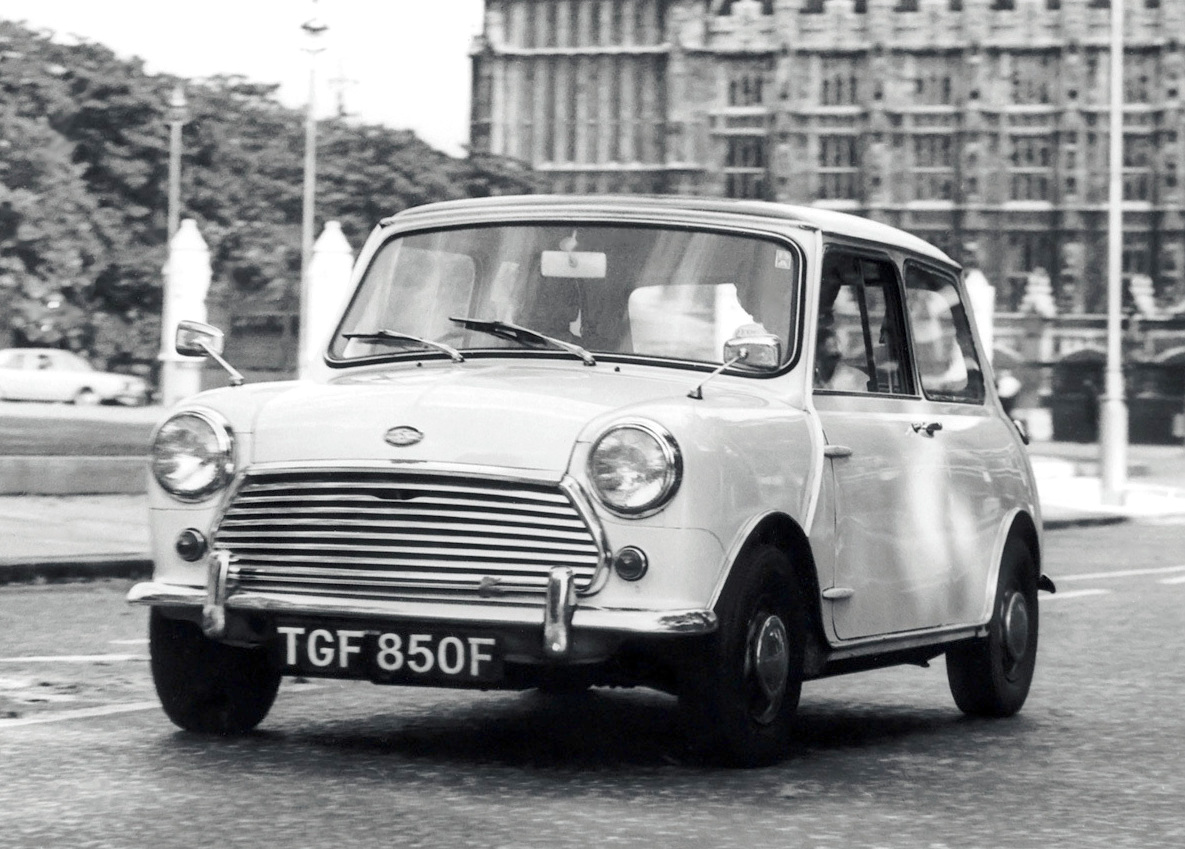

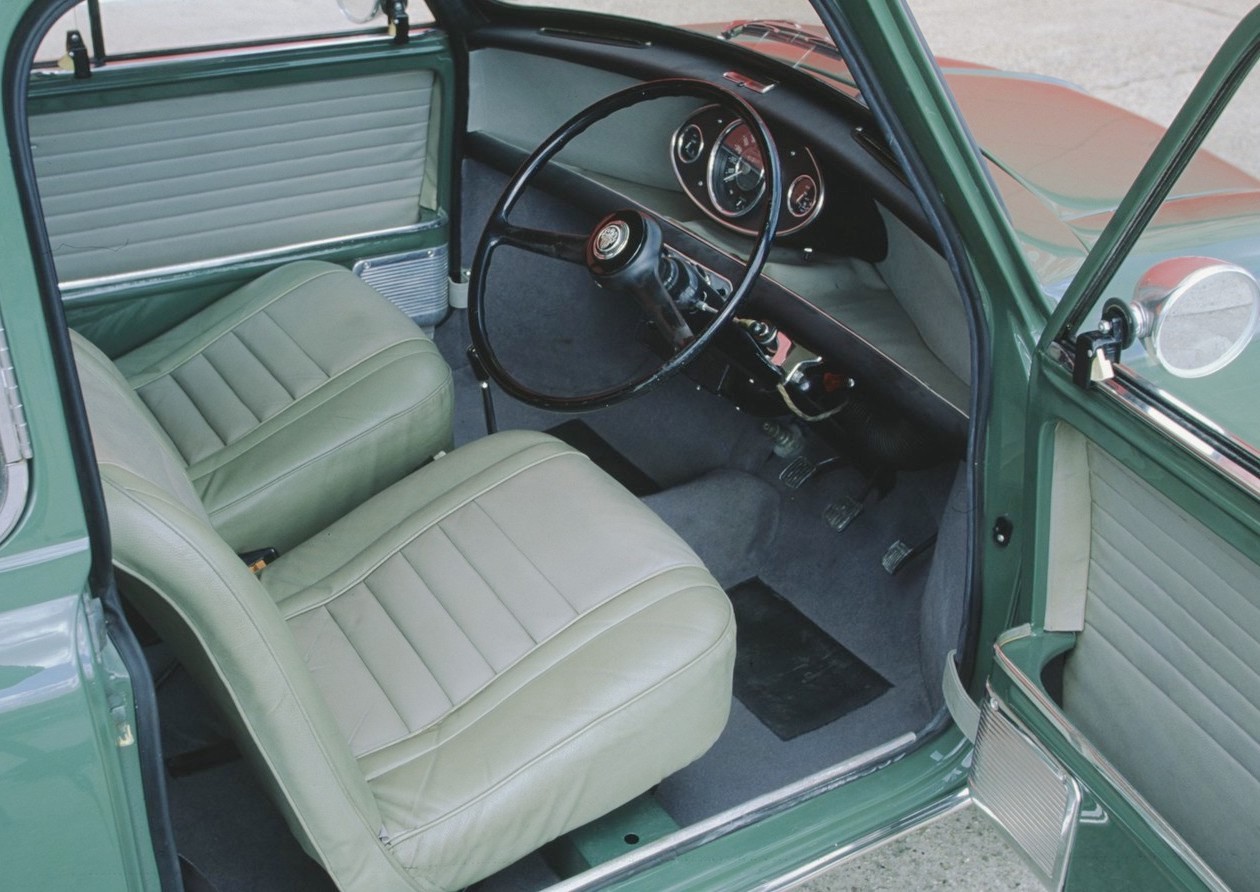

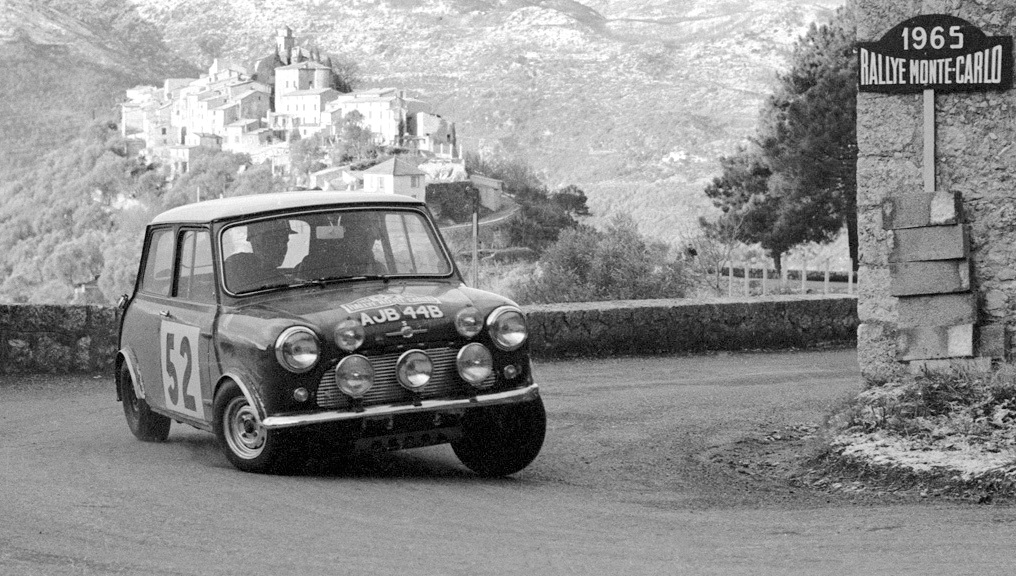
The brainchild of race car builder John Cooper, the standard Austin Mini Cooper was designed by Alec Issigonis (pictured below).

Interestingly, at the time, Alec Issigonis thought that the Mini should be a “people’s car” rather than a performance machine and the did not like the idea of a souped-up Mini.
Just over 4,000 units of this Cooper S models were built with a selling price of £695. Now, at the time, this was some 50 percent more expensive than a standard Mini.
He persuaded British Motor Corporation to do just that and agreed to a trial run of just 1,000 cars in order to meet the homologation rules of Group 2 rally racing. It was a great decision.
The Mini Cooper was one of Britain’s great sports car legends that became the definitive rally car of the ’60s. Its small size, manoeuvrability, and front-wheel drive allowed it to dance around bigger, more unwieldy cars to gain victories.
The Mini was a perfect blend of pin-sharp steering and terrific handling balance. The Mini Cooper, a nimble, economical and inexpensive car has a low center of gravity and a wheel at each extreme corner which happens to be the perfect credentials for solid handling.
The Mini Cooper ‘S’, was developed in tandem and released in 1963. The Mini Cooper S earned acclaim with Monte Carlo Rally victories in 1964, 1965 and 1967.
For the 1962 FJ season the Cooper Car Company had used a 98bhp 1100cc version of the A-Series engine and it was suggested that a road version be developed for the Mini Cooper.
The engine capacity was 1071cc and the Downton-developed cylinder head featured Hidural valve guides for Nimonic valves opened by forged rockers. The stiffness of the crankshaft was enhanced by a substantial increase in diameter and the shaft was given a Nitriding process.
The power was stepped up from 55bhp to 70bhp by increasing the cylinder bore from the std. 62.9mm to 70.64mm (to allow valves of adequate size for racing). The stopping power was uprated in proportion to the gain in maximum speed: the front discs were increased in diameter and thickness and a Lockheed Hydrovac was introduced into the system.
The new wider section Dunlop SP Sport tyres, coupled to ventilated wheel rims, and the wider track also improved the car’s stability, handling and manoeuvrability.
Today, the humble Cooper S costs more than a brand new Toyota Corolla is fully restored.

